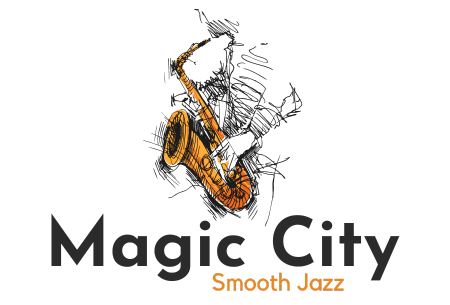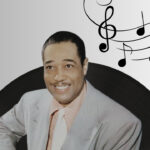The rise of this singing style is often credited to Louis Armstrong, whose 1926 recording of ‘Heebie Jeebies’ brought it to the limelight. Other artists like Ella Fitzgerald, Mel Tormé, and the Boswell Sisters have also contributed significantly to its evolution.
You should also check out some interesting facts about the legendary musician.
While primarily associated with jazz, it has found its way into other genres, including doo-wop, and even graced popular culture, such as in Disney’s ‘The Jungle Book’. If you want to learn more about this style, and how to learn it, stay with me because I will share more about its definition and guide to practice efficiently.
Key Takeaways
- Scat singing is a challenging yet rewarding art form that requires improvisation with nonsensical syllables, mimicking instruments. Dedication to practice and an understanding of jazz rhythms and melodies are essential for mastery.
- Developing your unique style in scat singing is about experimentation and personal expression. Listen to legendary artists, practice regularly, and don’t be afraid to blend genres to find your own voice in this dynamic musical tradition.
The Definition of Scat Singing
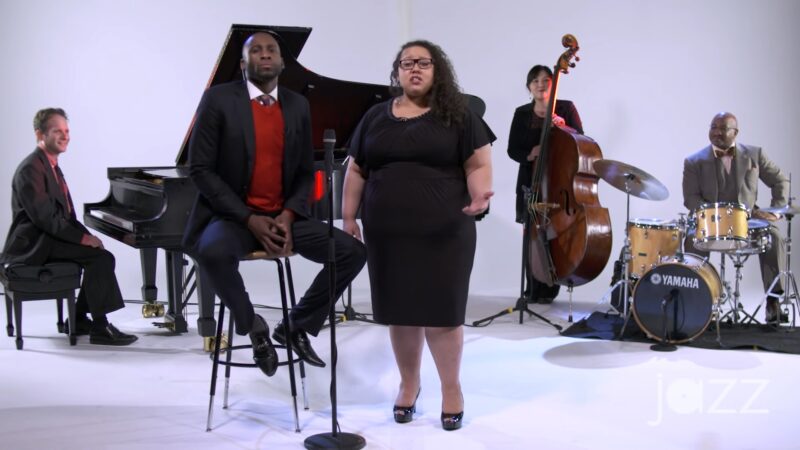
Scat singing represents a form of vocal jazz improvisation where the voice takes on the role of an instrument. In this style, the vocalist eschews traditional lyrics for a string of nonsensical syllables, mimicking the sounds and rhythms of instruments.
This technique challenges vocalists to express themselves musically without the confines of language, relying instead on their sense of melody, rhythm, and improvisational skills. Originating in the early 20th century, this art form quickly became a hallmark of jazz music.
It is believed to have roots in West African musical traditions, where vocal sounds often emulate percussive and other instrumental tones. This practice, combined with the rhythmic complexities of African music, laid the groundwork for its development in the United States.
As jazz evolved, this vocal technique became a vital element, offering a new dimension to the genre’s improvisational nature.
Popular Songs Including Scat Singing
Louis Armstrong’s 1926 recording of “Heebie Jeebies” is widely recognized as one of the first successful recordings to feature this style. Armstrong’s performance was groundbreaking, demonstrating how the human voice could be as expressive and versatile as any instrument in a jazz ensemble.
Following Armstrong, many jazz vocalists began incorporating this technique into their repertoire, each adding their unique flavor and expanding the possibilities of vocal jazz. Ella Fitzgerald, known for her extraordinary vocal range and flexibility, was particularly adept at this style.
She could mimic multiple instruments, turning her voice into a one-person band. Similarly, Mel Tormé and the Boswell Sisters added to the rich tapestry of this vocal technique, each bringing their unique skills and musical backgrounds to the forefront.
Apart from its foundational role in jazz, this vocal technique found its way into other musical genres. In doo-wop, for example, vocalists often used similar techniques to replicate instrumental sounds, adding a unique texture to the music.
Even in popular culture, such as in Disney’s “The Jungle Book,” this technique has been employed to create memorable musical moments.
Other Popular Tracks
| Song Title | Artist | Year |
|---|---|---|
| “Twisted” | Jonie Mitchell | 1974 |
| “Give Me the Night” | George Benson | 1980 |
| “Rockapella” | Bobby McFerrin | 1984 |
| “Freeway Jam” | Max Gronenthal | 1985 |
| “Scatman (Ski-Ba-Bop-Ba-Dop-Bop)” | Scatman John | 1994 |
| “I’m Yours” | Jason Mraz | 2008 |
A Guide to Improve Your Singing Skills With This Style
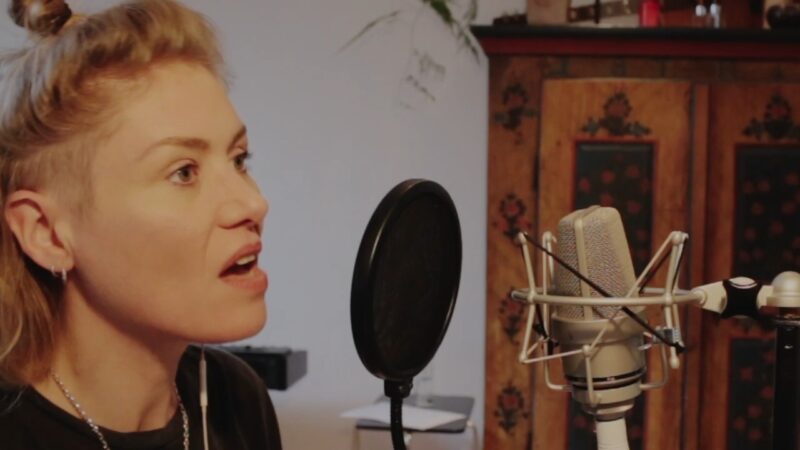
Improving your singing skills is an exciting and challenging journey. No matter if you are a beginner who wants to sing in tune or a seasoned singer who wants to polish your skills, this guide will help you with useful advice and methods to enhance your singing abilities.
Start with the Basics
Begin with understanding the core of scat singing: it involves using nonsensical syllables to create improvised melodies and rhythms, often mimicking instruments. Familiarize yourself with the history and contributions of notable artists.
Vocal Warm-ups and Exercises
Start with basic vocal exercises to prepare your voice. This includes scales, humming, and lip trills. Since this style often involves rapid and wide-ranging vocal movements, these exercises are crucial for flexibility and endurance.
Listen and Analyze
Immerse yourself in recordings of legendary jazz vocalists. Pay attention to their choice of syllables, rhythm, and how they mimic instruments.
This will give you a sense of the technique’s possibilities and inspire your style.
Practicing Syllables
This style relies on a variety of syllables (e.g., ba, da, doo, bee). Practice these syllables, experimenting with different combinations and rhythms.
Focus on clarity and precision.
Imitation of Instruments
Try to imitate the sound of different jazz instruments with your voice. This exercise enhances your ability to vary tone and texture, a key element in this style.
Rhythmic Training
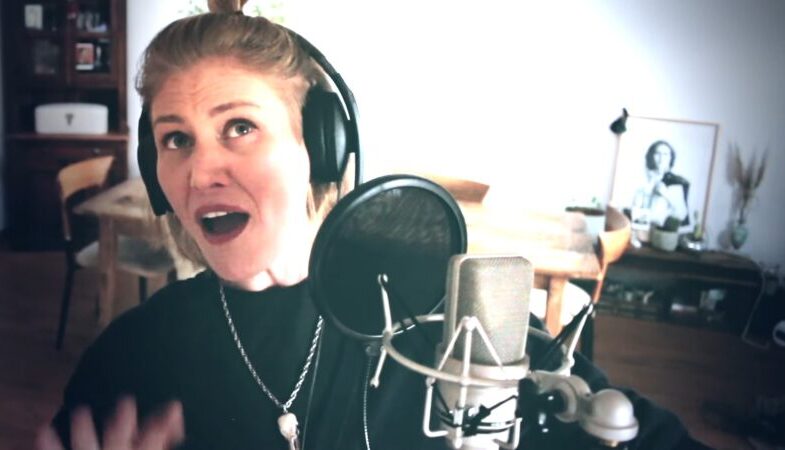
Rhythm is central in this vocal style. Work on your timing and rhythm. Use a metronome and try replicating complex rhythms using syllables.
Scale and Melody Workouts
Practice singing scales with syllables. Then, move to simple melodies, gradually increasing in complexity.
This helps in building improvisational skills.
Improvisation Practice
Start with simple improvisations of familiar songs or jazz standards. Gradually increase the complexity as you become more comfortable.
Record and Review
Record your practice sessions. Listening back helps identify areas for improvement and track your progress.
Learning from Feedback
Seek feedback from experienced musicians or teachers. Constructive criticism is invaluable for growth.
Join Workshops or Classes

Consider joining workshops or classes focused on jazz vocal techniques. Learning from professionals can provide insights and accelerate your progress.
Experiment
Don’t be afraid to experiment with different styles and genres. This broadens your musical vocabulary and brings uniqueness to your scat singing.
Collaborate with Musicians
Collaborate with instrumentalists or other singers. This experience is invaluable for understanding musical interaction and improvisation.
Be Patient
It requires consistent effort and patience. Recognize that every practice session builds upon the last, contributing to gradual improvement.
Here are some key aspects to focus on:
- Set Realistic Goals: Establish achievable, incremental goals for each practice session. This could be mastering a particular rhythm or comfortably improvising with a set of syllables.
- Regular Practice: Dedicate regular time to practice, even if it’s short sessions. Consistency is more valuable than the length of practice time.
Develop a Personal Style
As you progress in your scat singing journey, cultivating a unique style becomes important. It will help you leave a unique touch when performing.
- Improvise: Give yourself the freedom to improvise without constraints during practice. This free exploration can lead to discovering elements you want to incorporate into your style. You might reach a point where you will perform in front of an audience in some of the best Jazz Clubs in LA.
- Combine Genres: Don’t limit yourself to traditional jazz. Explore how scat singing can blend with other genres and how these fusions can influence your style.
FAQs
Why is scatting so hard?
Scatting is hard because it requires the singer to improvise melodies and rhythms on the spot, using only their voice and nonsensical syllables. Scatting also demands a good sense of musical structure, harmony, and style, as well as vocal skills and creativity.
What are the best syllables for scat singing?
There is no definitive answer to what are the best syllables for scat singing, as different syllables can produce different effects and suit different preferences. However, some common syllables that are often used by scat singers are doo, bop, ba, dee, shoo, bee, la, zee, ya, da, ree, and wo.
Which vocalist took scat singing to another level?
Ella Fitzgerald is one of the greatest scat singers in jazz history. She could improvise complex melodies and rhythms using various scat syllables and often quoted other songs or musical references in her scatting.
What are the three types of singing?
Women are typically divided into three main groups: soprano, mezzo-soprano, and contralto. Men are usually divided into four main groups: countertenor, tenor, baritone, and bass.
The Bottom Line
Progress in this art form is a gradual process, shaped by regular practice and a willingness to explore and adapt. As you develop your skills and carve out your style, you’ll find that scat singing offers a unique and rewarding way to express yourself musically.
Stay focused on your goals, learn from each experience, and let your journey through the dynamic world of jazz unfold naturally.
